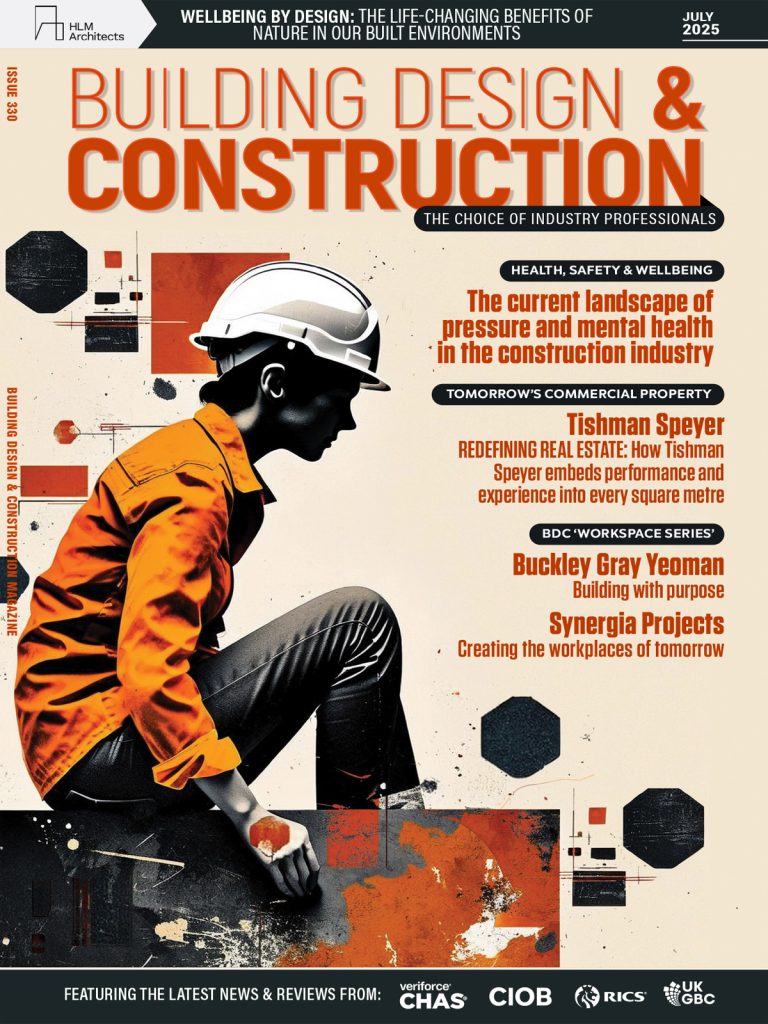New technology developed by a spin-out from the Technical University of Denmark can give insights into materials properties that were previously only available by using high-powered X-rays sourced from a synchrotron, according to its developers. The technique allows non-destructive testing of samples which are undergoing processing, all within a laboratory setting, and could be valuable for the development of lightweight metals and ceramics with applications in aerospace and power. X-ray studies are important for developing new materials, because they give information about the arrangement of atoms within the sample and how this structure is related to the material properties. However, such studies generally require the use of a synchrotron to provide the type of X-rays needed to probe the sample. Such facilities are scarce, and time needs to be booked on them to perform studies. Moreover, there is limited opportunity to study processes taking place in the sample, for example the formation of cracks in the structure, because the facilities are generally remote from the lab where the samples are made and studied. Erik Mejdal Lauridsen explains the Xnovo LabDCT system Xnovo technology, based in Køge, Denmark, has developed a module which adds onto a standard X-ray microscope — a standard piece of equipment in many modern materials laboratory — which it claims can provide comparable results to synchrotron studies for many types of sample. “In a synchrotron, we use monochromatic X-rays,” Xnovo chief executive Erik Medjal Lauridsen explained to The Engineer. “You essentially throw away 95 per cent of the energy flux, because you are producing so much flux from these high-power sources, and then use your single wavelength to produce about 2000 projections of your sample. When we thought about bringing this to a laboratory X-ray source, we had to find a way to compensate for the much smaller flux that you produce. The trick was to use every single photon that come put of the source; the entire spectrum that the source produces.” The advantages of this include providing much more information in a single image, but that information has to be processed to understand it, he added. It also means that many fewer projections are needed to extract information from the sample. “We only need a few hundred frames instead of a few thousand, so we can spend more time on each frame. A scan takes 2-20 hours, but normally 8-10 hours. Synchrotrons are optimised, so they take about half an hour. We consider eight hours a reasonable time for a lab system, because of the increased convenience.’ Xnovo has worked with optics specialist Zeiss to develop the module that attaches to the X-ray microscope (Zeiss manufactures this equipment), but the company’s main expertise lies in the algorithms to decipher the X-ray diffraction patterns, Lauridsen said. “We started by developing these algorithms for the synchrotron, and that experience helped us to develop the software for the lab system. During the processing we figure out what X-ray energy the different diffraction signals correspond to, which effectively separates out all the diferent X-ray frequencies.” The processing system is also contsined within the module. The grain size in the sample is limited, Lauridsen said. “The smallest size we have proven is of the order of 20micron, we could go smaller but we’d have to expose for longer. There the synchrotron has an advantage; it can go down to 4-5micron; but most of the experiments at a synchrotron are in the 30-100micron grain scale. Officially, we recommend 40micron grain sizes.” The LabDCT system allows researchers to look at how structures develop and deform over time in 3D The system, which is called LabDCT (diffraction crystalline tomography), and works with Xnovo’s 3D Grainmapper software, will be particularly useful for subjects undergoing change. ‘If you’re annealing a sample, you can easily look at it at different stages of the process and see how crystals are forming, without having to destroy the sample; that can be valuable when you need a specific alignment of crystals for specific properties.” Lauridsen said. “If you’re interested in failure mechanisms, with a synchrotron you haven’t been able to correlate the crack propagation to the surrounding microstructure. You can look at crack propagation, by initiating a crack and looking at how it moves through the sample; but one big advantage here is that the system is 3D, so it also gives information on the material surrounding the crack. This is valuable, because to stop a crack propagating, you need control of the surrounding structure. Prof Philip Withers of the University of Manchester, who works in fields including metal matrix composites and welding of aluminium, nickel and titanium has been testing the system and is enthusiastic about its potential. “The unique capabilities of the module and the software will definitely help to accelerate our research,” he said. “It can significantly contribute to a better understanding and optimisation of materials within a large range of industries and sciences.”






